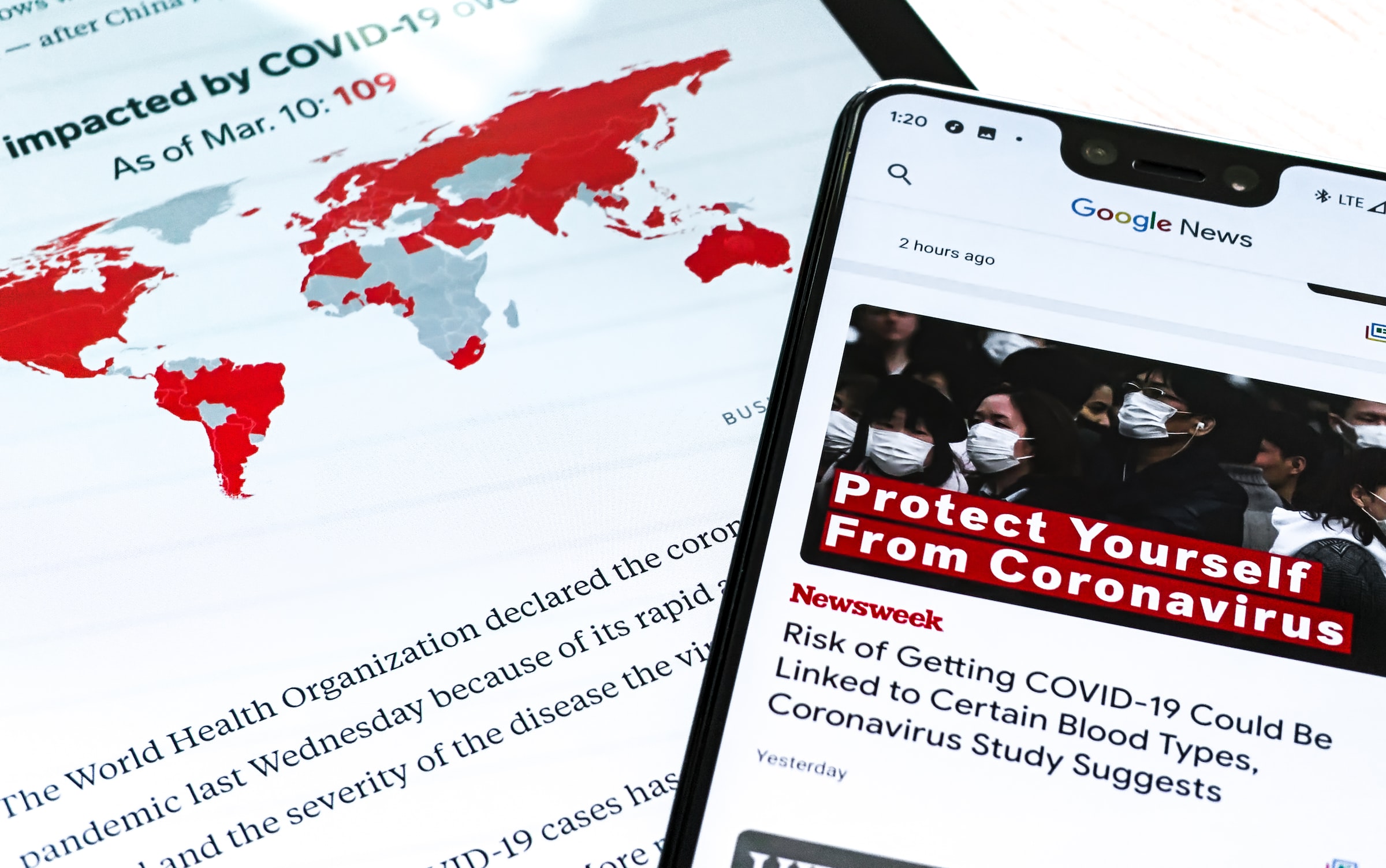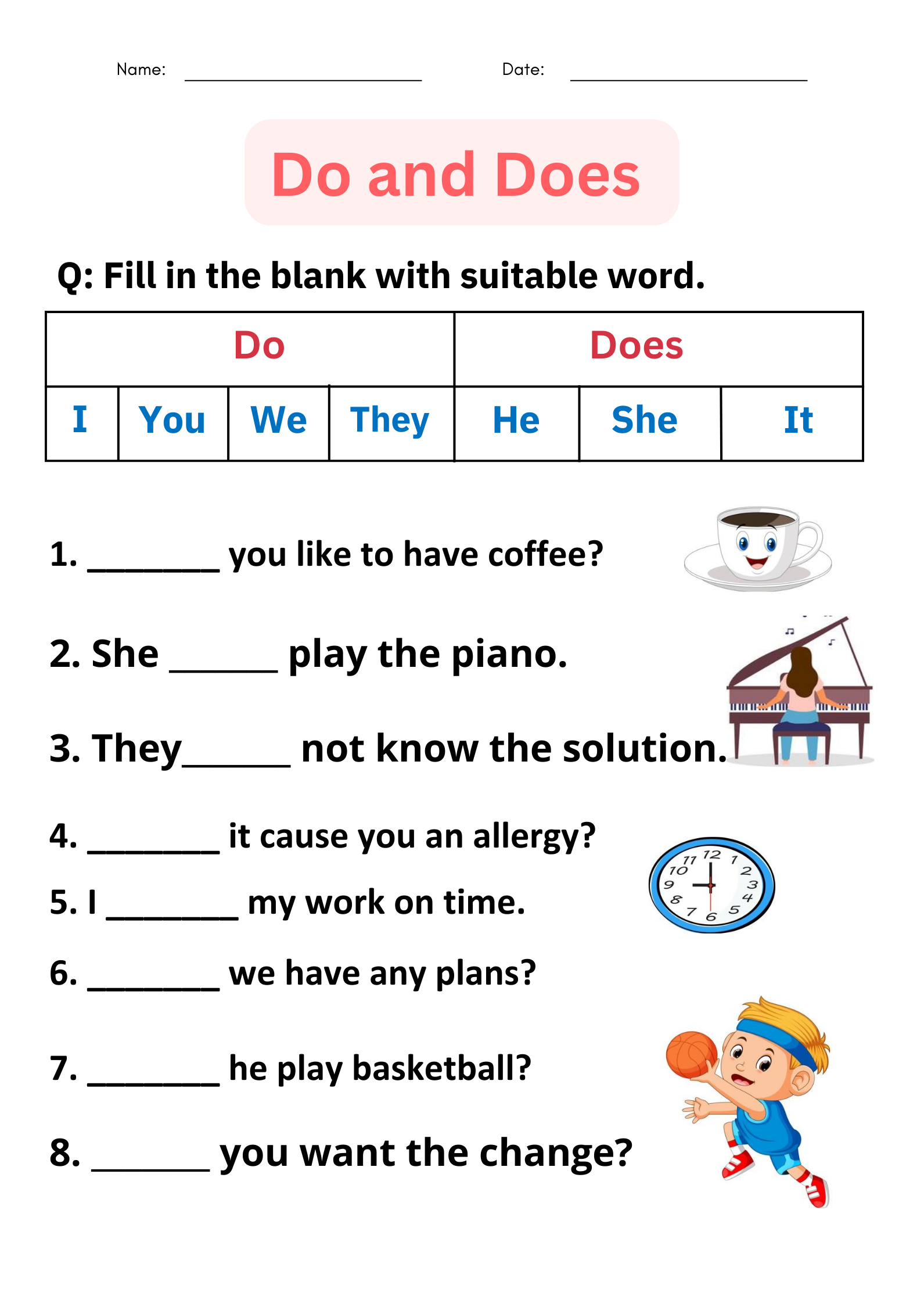How to Identify Fake News: Complete Guide to Spotting Misinformation
Understand the fake news landscape
Fake news has become a pervasive challenge in our digital age, make it crucial for everyone to develop strong media literacy skills. Misinformation spread quickly across social media platforms, message apps, and eventide traditional news outlets, create confusion about important events and issues.
The term” fake news ” ncompass various types of mislead content, from altogether fabricate stories to selectively edit information that distort the truth. Understand these different forms help you become a more discerning consumer of information.
Types of misleading content
Entirely false information represent the almost obvious form of fake news. These stories contain no factual basis and are much create to generate clicks, push political agendas, or cause social disruption.
Mislead content take real information and present it out of context or with a biased interpretation. This type can be peculiarly dangerous because it contains elements of truth that make it seem credible.
Imposter content occur when genuine sources are impersonated. Fake websites may mimic legitimate news organizations, use similar logos and layouts to deceive readers.

Source: YouTube.com
Manipulated content involve alter genuine information, images, or videos to change their meaning. With advance technology, these manipulations become progressively sophisticated.
Essential verification techniques
Develop a systematic approach to news verification protect you from fall victim to misinformation. These techniques require practice but become second nature with consistent application.
Source evaluation
Invariably examine the source of any news story before accept it as fact. Legitimate news organizations have established reputations, clear editorial standards, and transparent correction policies. Check t” ” about u” section of websites to understand their mission and funding sources.
Look for contact information, include physical addresses and phone numbers. Credible news sources provide multiple ways to reach their editorial staff and intelligibly identify their reporters and editors.
Be wary of websites with suspicious domain names that nearly mimic establish news sources. Fake news sites oftentimes use domains like” abcnews.com.co ” lternatively of the legitimate “” cnews.com. ”
Cross-reference information
Ne’er rely on a single source for important news. Search for the same story across multiple reputable news outlets. If solely one source report a major story, treat it with extreme skepticism until other credible sources confirm the information.
Use fact check websites like slopes, factcheck.org, or political to verify questionable claims. These organizations specialize in investigate viral stories and provide detailed explanations of their findings.
Check primary sources whenever possible. If a story claims a politician make a specific statement, look for the original speech, interview, or document preferably than rely on secondhand reporting.
Analyze content quality
The way information is present oftentimes reveal its credibility. Quality journalism follow establish standards that distinguish it from propaganda or clickbait content.
Write style and tone
Legitimate news articles maintain an objective tone and present multiple perspectives on controversial issues. Be suspicious of content that use exceedingly emotional language, make sweeping generalizations, or present simply one side of complex issues.
Professional journalism include proper attribution for quotes and statistics. Articles should distinctly identify sources and provide context for any claims make.
Watch for excessive use of capital letters, exclamation points, or sensational headlines design to provoke strong emotional reactions kinda than inform readers.
Visual content verification
Images and videos can be manipulated or use out of context to support false narratives. Use reverse image searches throughGooglee images ortin eyee to determine if photos have been use in other contexts or alter.
Pay attention to image quality and consistency. Indisposed edit photos may show inconsistent lighting, shadows, or pix elation that suggest manipulation.
For videos, look for signs of editing, such as abrupt cuts or audio that doesn’t match the speaker’s mouth movements. Deep fake technology make this progressively challenging, but obvious inconsistencies’ stillness reveal many manipulated videos.
Understanding bias and perspective
All news sources have some degree of bias, but recognize and account for these perspectives help you form more accurate understanding of events.
Identify editorial bias
Consider the political leanings and financial interests of news sources. Conservative and liberal outlets may emphasize different aspects of the same story, lead to immensely different impressions of events.

Source: vrogue.co
Look for loaded language that reveal bias. Words like” freedom fighter ” ersus “” rrorist ” ” ” t” relief ” ve” s ” tax” ts ” carr” ifferent connotations that influence reader perception.
Examine which stories receive prominent coverage and which are buried or ignore solely. Editorial decisions about story placement and emphasis reveal organizational priorities and biases.
Consume diverse perspectives
Actively seek out news sources with different political orientations to gain a more complete picture of events. Read both conservative and liberal take on the same story oftentimes reveal important nuances.
International news sources can provide valuable outside perspectives on domestic issues. BBC, Reuters, and associated press broadly maintain higher standards of objectivity than many domestic outlets.
Distinguish between news reporting and opinion content. Many outlets distinctly label opinion pieces, but some blur these lines to make editorial content appear more authoritative.
Social media verification strategies
Social media platforms have become primary sources of news for many people, but they besides serve as breeding grounds for misinformation.
Platform specific considerations
Facebook and Twitter use algorithms that can create echo chambers, show you content that confirm your exist beliefs. Actively seek out diverse sources to counteract these algorithmic biases.
Be exceedingly cautious about news share through message apps like WhatsApp or telegram. These platforms make it difficult to trace the original source of information, and false stories spread quickly through private networks.
YouTube videos can appear authoritative but may lack editorial oversight. Check the credentials of video creators and look for citations of credible sources in video descriptions.
User generated content
Eyewitness accounts and user generate content can provide valuable information during break news events, but they require careful verification. Look for multiple independent sources report similar information.
Be aware that crisis actors and stage content sometimes masquerade as authentic eyewitness footage. Professional quality videos appear instantly after events should be viewed with particular skepticism.
Check the post history and credibility of social media accounts share news. New accounts or those with suspicious posting patterns may be spread misinformation deliberately.
Psychological factors in information processing
Understand your own psychological biases help you make more rational decisions about news consumption and sharing.
Confirmation bias
People course seek information that confirm their exist beliefs while avoid contradictory evidence. Recognize this tendency in yourself and make conscious efforts to consider alternative viewpoints.
Stories that make you feel angry or vindicate deserve extra scrutiny. Emotional reactions can cloud judgment and make you more likely to accept questionable information.
Before share news on social media, pause and ask yourself why you want to share it. If the primary motivation is to prove a point or attack opponents, take extra time to verify the information.
Information overload
The constant stream of information can lead to mental fatigue that reduce your ability to critically evaluate news. Take regular breaks from news consumption to maintain mental clarity.
Focus on fewer, higher quality news sources instead than try to consume everything. Deep understanding of fewer stories serve you intimately than superficial knowledge of many.
Develop news consumption habits that promote critical thinking instead than passive absorption of information.
Building long term media literacy
Develop strong media literacy skills require ongoing effort and practice. These abilities become progressively important as misinformation tactics become more sophisticated.
Educational resources
Many universities and organizations offer free media literacy courses online. These structured programs provide comprehensive training in information evaluation techniques.
Follow media critics and journalism organizations that regularly discuss news quality and media ethics. Understand industry standards help you evaluate news sources more efficaciously.
Practice your verification skills regularly, level with stories you initially trust. This build habits that serve you advantageously when encounter questionable content.
Community engagement
Discuss news evaluation techniques with friends and family members. Teach others reinforce your own skills while helping create a more informed community.
Courteously challenge misinformation when you encounter it, but focus on provide better sources instead than attack people who share false information.
Support quality journalism through subscriptions or donations to reputable news organizations. Strong journalism require financial resources to maintain editorial standards.
Technology tools for verification
Various digital tools can assist in your fact check efforts, though they shouldn’t replace critical thinking and multiple source verification.
Browser extensions
Several browser extensions can help identify questionable websites and provide credibility ratings for news sources. Tools like news guard offer real time assessments of website reliability.
Fact check extensions can flag dispute claims and provide links to verification resources. Nonetheless, remember that these tools have limitations and may not catch all forms of misinformation.
Verification websites
Bookmark reliable fact check websites and use them regularly to verify suspicious claims. These organizations employ professional researchers and maintain transparent methodologies.
Government websites frequently provide authoritative information on policy issues and official statements. Go direct to source agencies preferably than rely on interpretations from news outlets.
Academic institutions and research organizations publish studies and reports that can help verify statistical claims and scientific information.
Master the ability to identify fake news require patience, practice, and commitment to truth over convenience. By develop these skills, you contribute to a more informed society while protect yourself from manipulation and misinformation. Remember that healthy skepticism combine with thorough verification create the foundation for sound decision-making in our complex information environment.
MORE FROM dealdetectivepro.com












